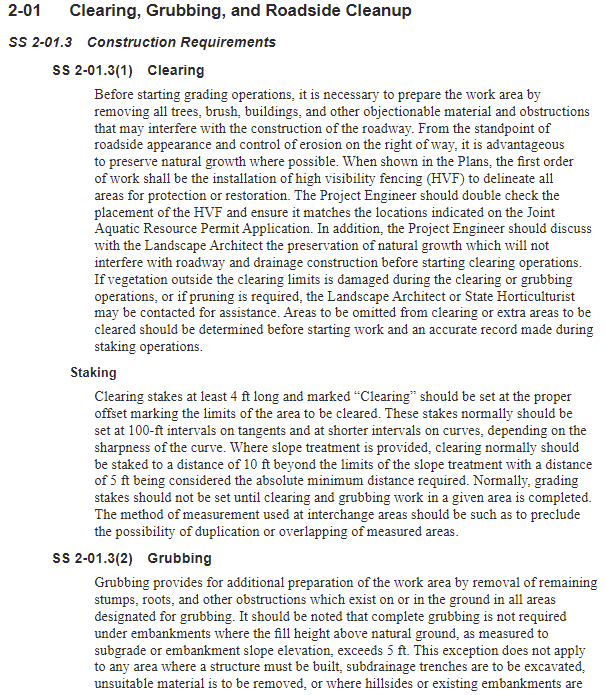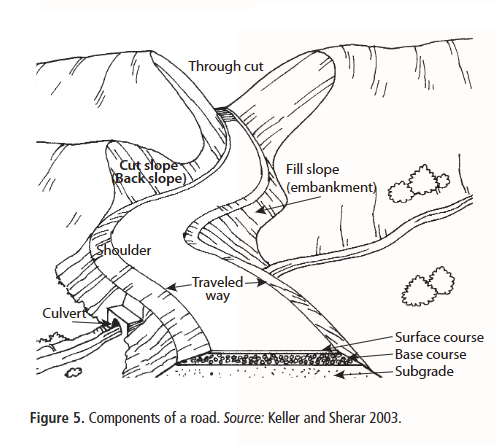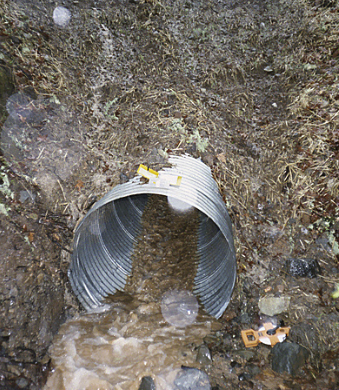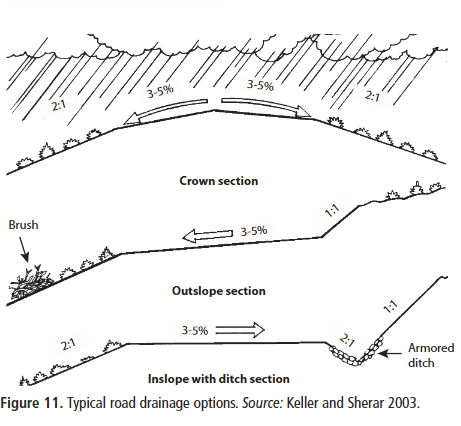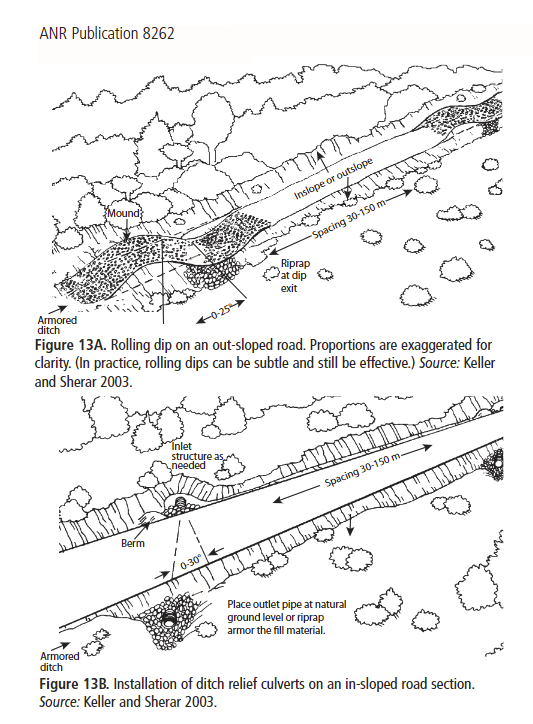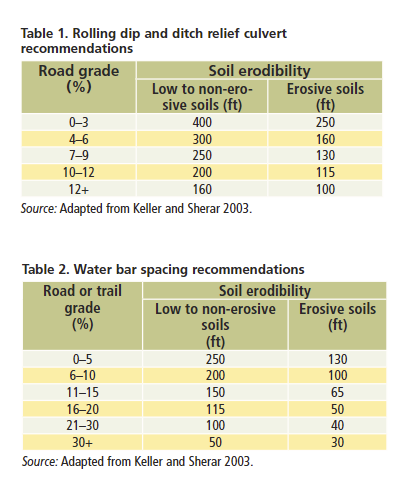The Anarchs' Rule Book: Part-1
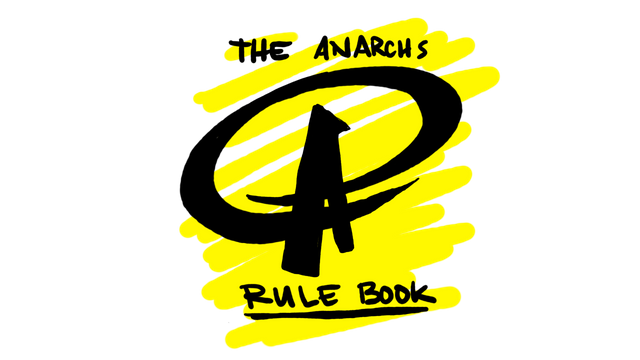
Part 1: "Muh Roads"
One of the first questions you will get when asserting your non-belief in government to an oligarchist will be: “What about the roads?”. As such, we should fully understand how roads are currently funded and constructed. It is fair to say, that road construction is not a high science, the average person with the proper knowledge and enough help will be able to build roads. That said larger projects would require some expert consultation, geology plays a role in quality construction. Certainly, some negotiation is required in building on land owned by various persons. Such negotiations could just as easily be performed between private individuals and not restricted to oligarchy.
In early America, much of the cost of roads were covered by the individual property owners. Overtime, and as automobiles came to dominate the roadways a gasoline tax system was put into effect to help cover the additional costs of road construction and upkeep. Today, many people believe that gas tax revenue covers the cost building and maintaining roads in the United States. The fact is, this has never been the case. During the 1960’s and early 70’s Gas Taxes state and local paid the majority of cost for new roads and road upkeep. Today gas taxes account for less than 10 percent. The majority of gas taxes go back into paying back bondholders for bonds sold for new construction projects. In actuality, every United States taxpayer is on the hook for road construction and maintenance regardless of whether or not they are a driver. While not the norm, even toll roads are not completely funded by their tolls.
source
We have established that oligarchy extortion schemes do in fact fund road construction and upkeep. What is the quality of the roads that we are paying for? Personally, living in many different cities in America. I’ve encountered highways that seem to be in a constant state of construction, for years on end. Never seeming to be completed. I would guess that others have had similar experiences. This is only anecdotal evidence though. A quick internet search about America’s failing infrastructure will yield man articles expressing the terrible state they are in. In a 2014 article CBS news is quoted: "You could go to any major city in America and see roads, and bridges, and infrastructure that need to be fixed today." In 2017, ABC surveyed engineers on America’s Infrastructure giving it a report card of sorts. The condition of roads was given straight Ds on that report card. These are just a couple of examples that demonstrate we are hardly getting what we pay for.
Roads are currently built through forced extortion known as taxation. This oligarchy enjoys a monopoly on the funding methods for these projects. Under this monopoly we are delivered sub-par service. Financial ponzis are increasingly becoming less effective in providing adequate funding for projects, new and existing. Even private corporations have had to pick up the slack in their local communities. Dominoes Pizza has worked with local communities in Burbank Ca, Bartonville TX, Millford DE, Athens GA, and Ann Arbor MI with their “Paving for Pizza Initiative” to help fix local roads in those communities. With trillions in extortion revenue, oligarchy can’t get the job done efficiently, or even at a moderate standard of quality.
So how do we build a road?
We will be getting our information from the 2018 Washington State Department of Transportation Construction Manual , as well as University of California Publication 8262, Contruction of Rural Roads . Like any field, road construction comes with its’ own terminology. The Washington State Document takes up the first 170 pages with details about funding. After which we get terminology.
These highly detailed descriptions basically equate to cleaning up the proposed site, removing all obstructions, conveniently numbered for obfuscation. Actually... looking at this document more… Lets not use it. The above document is an example of what government does best, try to read it at your own peril. Let's focus on the University of California Document. This will give a good baseline in building smaller roads. The basic principles should give good starting point, from which we will be able to scale our knowledge up.
The document states: “Roads must create a flat surface for a vehicle to travel on sloped land.” The soil and debris must be removed to create the “bench” or “traveled way”, or as I like to call it: “the base of the road”.
The base of the road is created by only removing or “cutting” the sloped soil and debris as in the “Full-bench” method or as I call it: “the subtractive method”. Or by removing or “cutting”, and building up or “filling” the soil and debris to create the base of the road as in the “cut-and-fill” method, or as I call it: “the additive and subtractive method”. As you may guess the subtractive method is more sturdy because additive areas are more prone to failure.
Roads consist of three layers: “Subgrade” or as I call it the bottom layer. “Base course”, or middle layer, and “Surface course” or the road itself. The bottom layer can consist of the immediate materials of the area or what’s left after you level it out. The middle layer is the main load bearing layer should be made of gravel, or gravelly soils with clay intermixed. The road itself can be made of the native rocks or gravel though it will suck less if it’s made of asphalt.
Roads must have features so that water doesn’t accumulate on the surface, as well as features that allow water to travel from one side to the other. Drainage pipes, or as the document refers to them “culverts” beneath the road work well to allow water to move from one side to the other without affecting road integrity. Ditches on either side will keep water off the surface of the road. Drainage pipes from the inner ditch to the outermost ensure water will not accumulate.
All roads will have some amount of slope, angle, or as the document states “gradient or grade”. The key point to understand here is the steeper the slope of the road, the more susceptible to erosion by water it will be. So for best results build your road at a slight slope, enough for water to drain into the outermost ditch if on a hillside. Keep the upward and downward angles of the road as flat as possible so it will be less affected by water erosion.
These other images are useful for slope and drainage reference:
We've learned some information that is a good starting point for our road construction knowledge. Of course there would be more precaution and planning required for Highways, Bridges, and construction in hard to reach and dangerous places. The principles however would remain the same. The experts who do this work are not in government. We can rest assured that their knowledge and skills can be put to use within a voluntary society.
In creating a new voluntary society. We should not think in terms of how we recreate the current system… But a brand new one. In other words, who needs roads when you have flying cars?!

